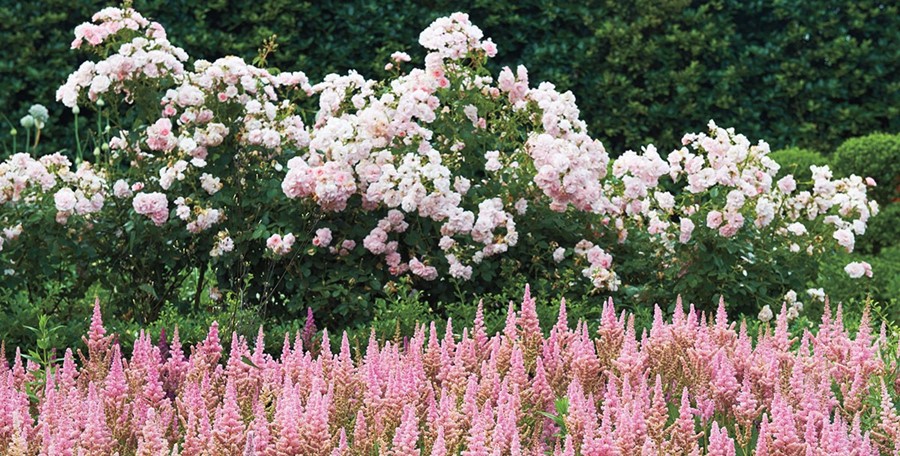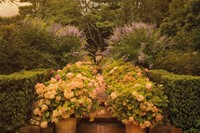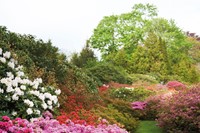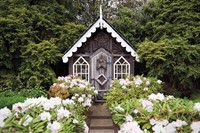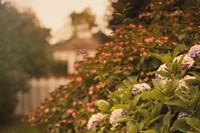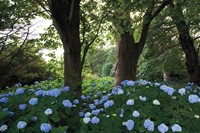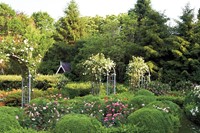Leather-clad fashion architect Peter Marino has a horticultural antidote to a stressful modern life
Business of Fashion named architect Peter Marino “one of the most important people shaping the global fashion industry”, and having designed a host of high-shine retail temples – Chanel boutiques spanning Paris, Hong Kong and Singapore; Louis Vuitton’s Shanghai store; Céline in New York — his “shaping” of the industry’s landscape can be read quite literally. Marino’s talent was spotlit after he designed the private home of Andy Warhol and the Manhattan apartment of Pierre Bergé and Yves Saint Laurent, and the clients have been coming ever since. Hoteliers similarly flock to Marino’s studio for his high-shine luxury developments and has designed some of the chi-chiest hospitality spots in the world, from Coral Casino Beach and Cabana Club in Santa Barbara and the Yacht Club Costa Smeralda in Sardinia, to the penthouse and presidential suites at Four Seasons Hotel New York.
But while Marino’s portfolio glitters, his personal aesthetic provides a delightful downtown contrast: eternally clad in head-to-toe black biker leathers complete with mohawk and silver jewellery, New York Magazine dubbed him “The Leather Daddy of Luxury”. So when The Garden of Peter Marino landed at AnOther – penned by the man himself, crammed with saturated vistas of wildly romantic gardens – the famed architect became more compelling still. There was nothing to do but talk to him about it. “The garden is a culmination of 21 years of my Saturdays: a private passion; a healing, creative antidote to the stressful vicissitudes of modern life,” Marino explains lovingly of his Hamptons home. Effusing with his awe at the natural world, the design maven talked us through his favourite parts of his escape.
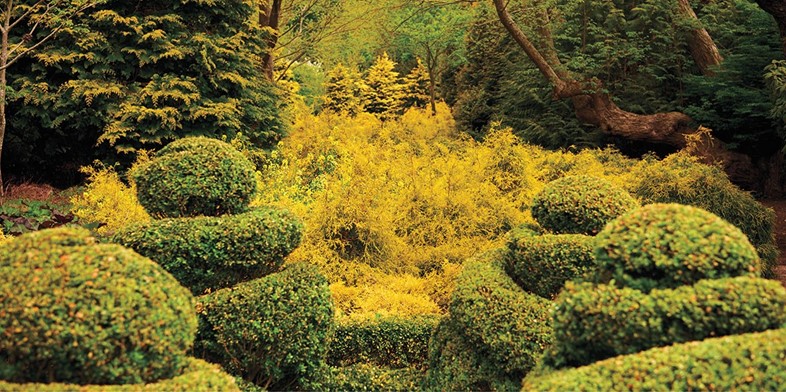
On cultivating beauty...
The architect’s eye is ever apparent on the land surrounding his home, as each garden is conceptualised around single colours while plants are curated according to height and texture. The most startling aspect of their design however is their softness, their looseness. “In every sense, the blooming gardens are totally surreal; and I purposely let them get overgrown so they don’t look too serious,” Marino says of his ragged swathes of colour and flora. There is no heirarchy in Marino’s garden: the architect lavishes space with underated plants like native viburnum, a frothy white hedgerow bloom that wouldn’t look out of place on a roadside but, when pooled in vast quanitities in these roving gardens, takes on an elegant simplicity. Though show-stoppers are given equal platform, Marino loves peonies for their unique fullness as well as the statuesque iris. “I understand why Van Gogh painted irises,” he explains. “They are truly outer space cadets; exotic sculptures; almost anthropomorphic.”
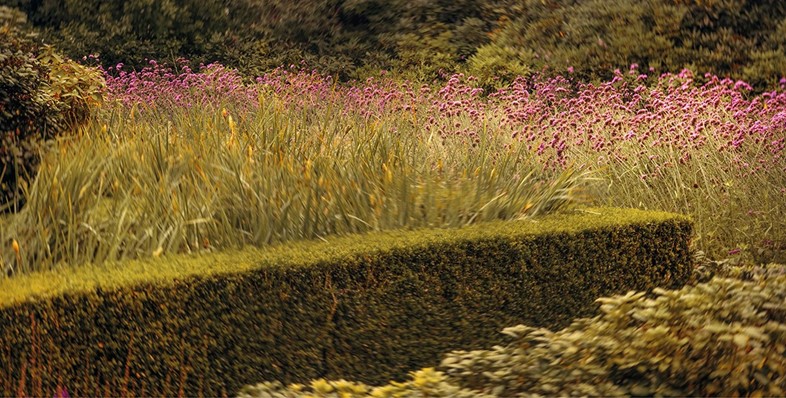
On the architecture of colour...
“I like to define spaces so each section is its own colour – purple, pink, yellow, and so on – but with fragile green borders, like the ragged edge on watercolour paper,” explains Marino. Singling out plant types and colour schemes for individual areas like the blue hydrangea woods or the tall grass meadows, bestows each space with its own atmosphere. “I like the forest because it is all green and always cool,” Marino says. “I like the yellow garden because it is so unusual and rare. I like the lotus pond because it is so lush and the sound of the running water so calming. I like the rose garden because it is so beautiful and smells so heavenly.”

On the tragedy of nature...
Despite their divine beauty and calming quality, these Hamptons gardens offer their fair share of disappointment too. “The biggest challenge is the 5-15% extinction rate every winter and insect infection – because we use no pesticides and are totally organic; it is particularly depressing to see how nature destroys its own beauty.”
The Garden of Peter Marino is out now, published by Rizzoli.
